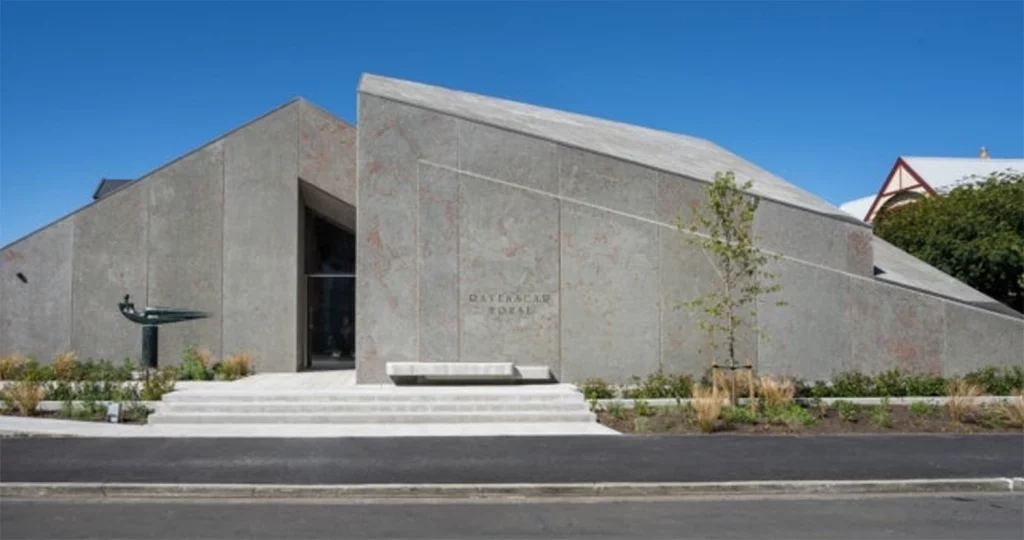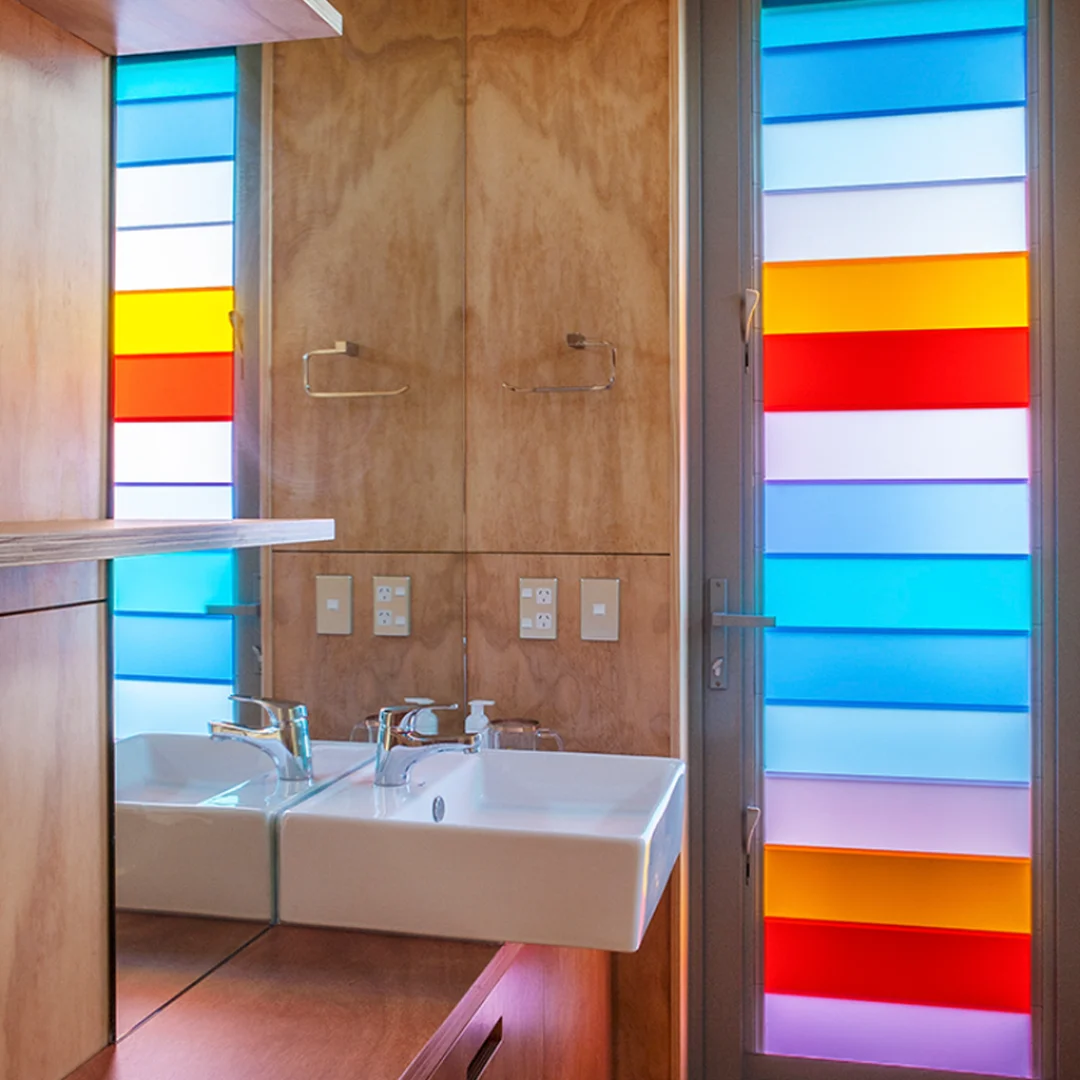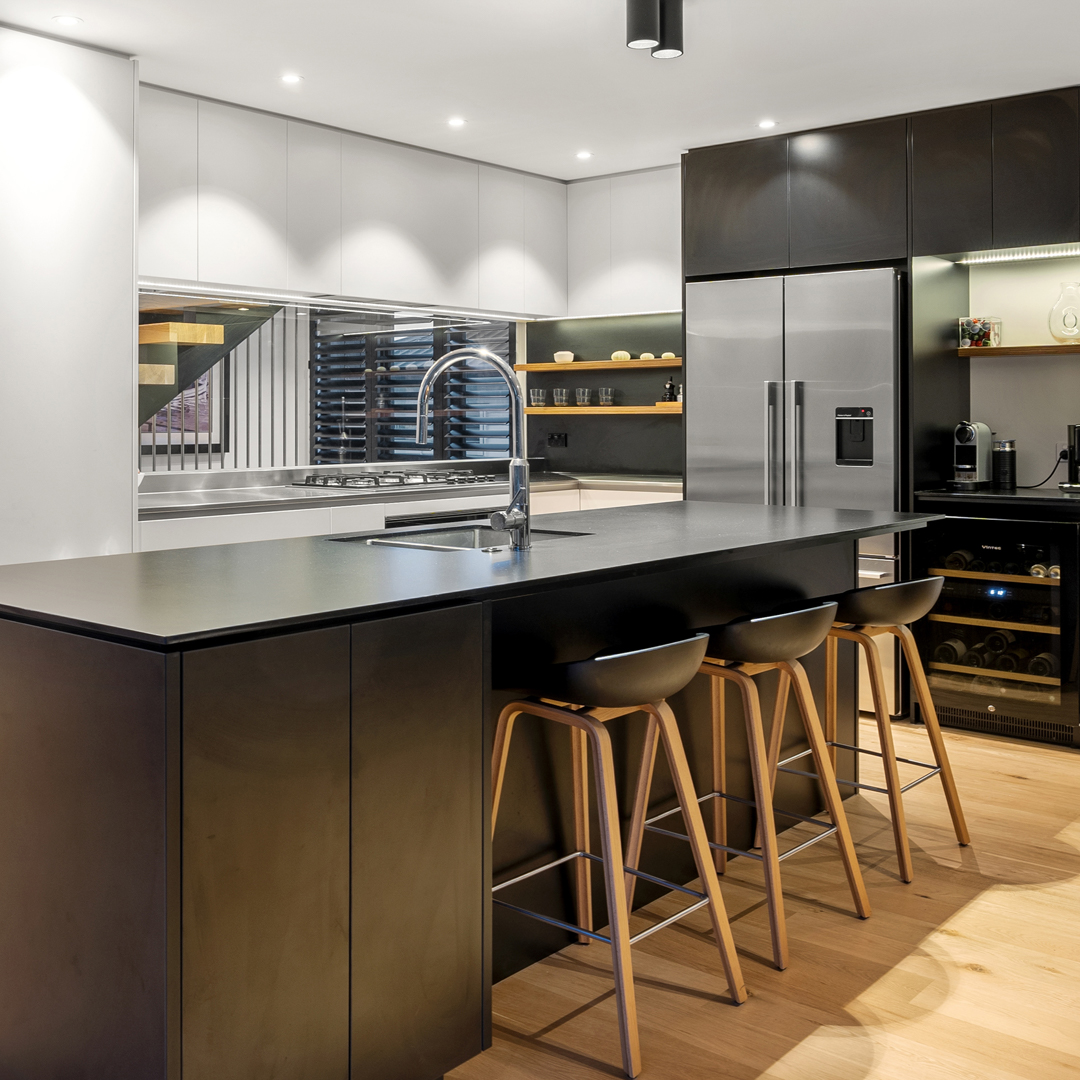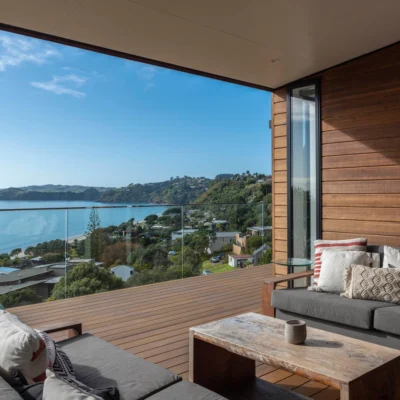The world’s tiniest apartment, a new plastic that’s fantastic (or is it?), and another reason to visit Christchurch
What got us thinking:
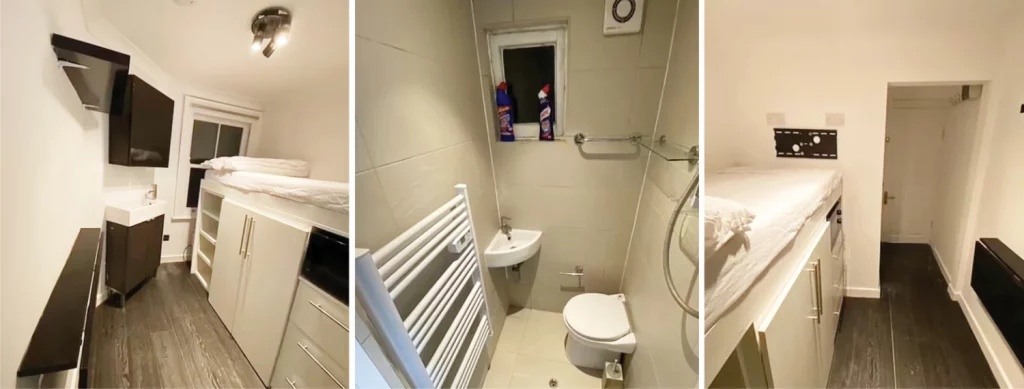
We were bemused and then a little horrified to read that a seven-square-metre ‘microflat’ in a Victorian terraced house in London had recently sold for 90,000 pounds ($178,000). Within this diminutive volume, there’s a single bed built on top of storage, a microwave for cooking, a fold-out table, a toilet/shower wet room, and a huge TV (of course) attached to the wall. It was bought by an investor who must see that they can profit from the city’s housing squeeze. That a seven-square metre flat is even legal is mind-boggling. While we are all for smaller living and advocate good design to eke every inch of form and function from the footprint, there’s a limit – and there are bound to be ill effects, both physically and mentally, of living long-term in such close quarters. In New Zealand, there are laws against this type of thing: the Auckland unitary plan requires new-build studio-style apartments to be at least 30 square metres. Learning to live smaller in our biggest cities is part of our future in Aotearoa. The Europeans have been doing it for years. They often share a laundry and socialise in the cafes and common green areas, rather than the living room or garden. But it’s design that makes the difference: smart moves in architectural planning and in furniture design (of which Ikea is the pioneer). Small can be beautiful – just not too small. https://www.dailymail.co.uk/femail/article-10482451/Tiny-75-sq-ft-studio-flat-east-London-goes-sale-auction-50-000.html
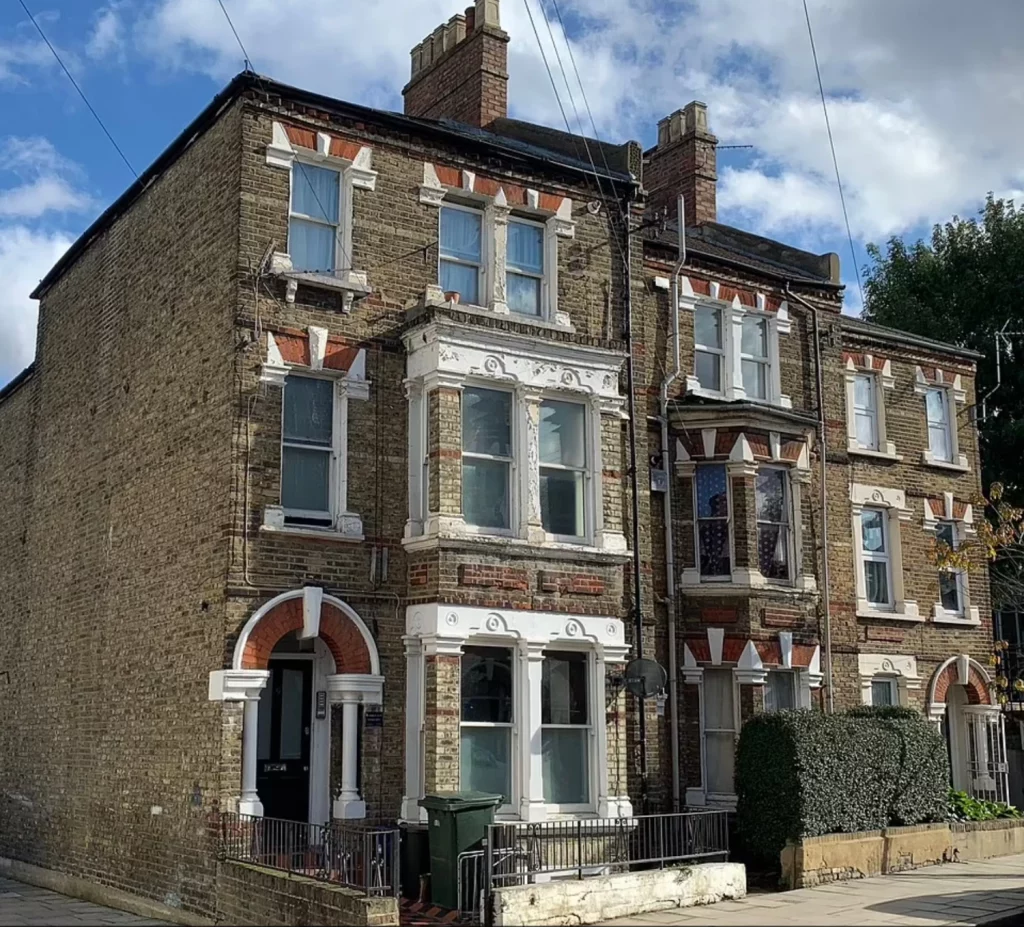
What got us intrigued:
Plastic, once hailed as a beacon of innovation to transform our daily lives, has fast become a pariah product. We all try to limit its use and no-one in the design industry seems to wax lyrical about its character or its beauty. The first plastic to gain widespread recognition was celluloid, developed in 1855; it was initially named Parkesine after its inventor Alexander Parkes. Bakelite, the first mass-produced plastic, bucks the trend and is still sought after today by collectors. But now there’s a plastic that could transform the building industry. MIT chemical engineers have apparently invented one that is stronger than steel. As is the way of engineers, they haven’t given it a sexy, marketable name; it goes by the moniker 2DPA-1. The technical talk behind its creation is too difficult to go into here but let’s just say it has flexibility, mouldability and twice the strength of steel. It’s impermeable and it won’t oxidise, rust or rot. While there are those who claim that plastic recycling is bullshit, the researchers say 2DPA-1 should be able to be re-spun, pulped or chemically recycled. In future, will our homes feature plastic framing? Hopefully only if it means our planet will not suffer any further environmental damage. Our money’s still on cross-laminated timber technology. http://cdn.sci-news.com/images/enlarge9/image_10518e-2DPA-1.jpg


What got us travelling:
Following on from our December Design Bites article on the Christchurch Town Hall receiving an enduring design award from the New Zealand Institute of Architects (see it here…), another brutalist public building has recently opened its doors in the garden city. The Ravenscar House Museum and Art Gallery is home to the art collection of Christchurch philanthropists Jim and Susan Wakefield and its design is based on their own home, damaged irreparably in the earthquakes. Robust, solid and substantial on the street, entry is via a cleft between two concrete edifices. A folded, mirrored-glass ceiling in the foyer reflects shadows and light from a pond in the centrepiece courtyard and a peek of the Gothic-style gable of Canterbury Museum through a picture window juxtaposes the two periods perfectly. Beyond this, Ravenscar transforms its personality into a grand dwelling, with staged furniture set-ups to create a dining room, bedroom and living room in which the eclectic collection of art and artefacts is displayed (think Goldie to Garry Nash). The concept takes inspiration from Kettle’s Yard – an art gallery and house in Cambridge, England – and both establishments are well worth a visit for art and architecture lovers alike. https://www.ravenscarhouse.com/about/the-ravenscar-story
